Harvard Has A Pigment Library That Stores Old Pigment Sources, Like The Ground Shells Of Now-extinct

Harvard has a pigment library that stores old pigment sources, like the ground shells of now-extinct insects, poisonous metals, and wrappings from Egyptian mummies, to preserve the origins of the world’s rarest colors.

A few centuries ago, finding a specific color might have meant trekking across the globe to a mineral deposit in the middle of Afghanistan. “Every pigment has its own story,” Narayan Khandekar, the caretaker of the pigment collection, told Fastcodesign. He also shared the stories of some of the most interesting pigments in the collection.

Mummy Brown
“People would harvest mummies from Egypt and then extract the brown resin material that was on the wrappings around the bodies and turn that into a pigment. It’s a very bizarre kind of pigment, I’ve got to say, but it was very popular in the 18th and 19th centuries.”

Cadmium Yellow
“Cadmium yellow was introduced in the mid 19th century. It’s a bright yellow that many impressionists used. Cadmium is a heavy metal, very toxic. In the early 20th century, cadmium red was introduced. You find these pigments used in industrial processes. Up until the 1970s, Lego bricks had cadmium pigment in them.”
Annatto “The lipstick plant—a small tree, Bixa orellana, native to Central and South America—produces annatto, a natural orange dye. Seeds from the plant are contained in a pod surrounded with a bright red pulp. Currently, annatto is used to color butter, cheese, and cosmetics.”

Lapis Lazuli “People would mine it in Afghanistan, ship it across Europe, and it was more expensive than gold so it would have its own budget line on a commission.”
Dragon’s Blood “It has a great name, but it’s not from dragons. [The bright red pigment] is from the rattan palm.”

Cochineal “This red dye comes from squashed beetles, and it’s used in cosmetics and food.”
Emerald Green “This is made from copper acetoarsenite. We had a Van Gogh with a bright green background that was identified as emerald green. Pigments used for artists’ purposes can find their way into use in other areas as well. Emerald green was used as an insecticide, and you often see it on older wood that would be put into the ground, like railroad ties.”

Source
More Posts from Stubbornlacat and Others










How deep does the hole go?
Art by Penzilla
Quick Tips for Writing Interesting Villains
Give them relationships with other characters. Being a villain doesn’t mean they’re isolated
Give them their own set of morals
Give them something to care about
Consider the reasons why they want to hurt the protagonist
Remember that they are human
Don’t make them evil for the sake of being evil
Keep in mind that a villain doesn’t have to do every horrible thing imaginable
Not every villain was abused. Someone who was spoiled is just as, if not more, likely to lack empathy than someone who was abused
Consider how they rationalize their behavior (blame their victims, make excuses, believe that what they’re doing is right)
Give them a life outside of being a villain. Maybe your protagonist is going shopping and they run into their villain and the villain isn’t interested or up for a fight that day. This really depends on the story, though
Give them a past, present, or future relationship with the protagonist. Again, this depends on the story
Consider making your villain likable
Give the reader a reason to sympathize with them

Inktober2018 day 11: cruel

Day7 Enchanted Super late but whatever😫 #inktober #inktober2019 #inktoberchallenge #inktoberday7 #inktoberday7enchanted #illustration #illustrationartists #enchanted #nymphs #iamlate #mysticalcreatures https://www.instagram.com/p/B3rN8punrhK/?igshid=1oyvei8l1pqnx
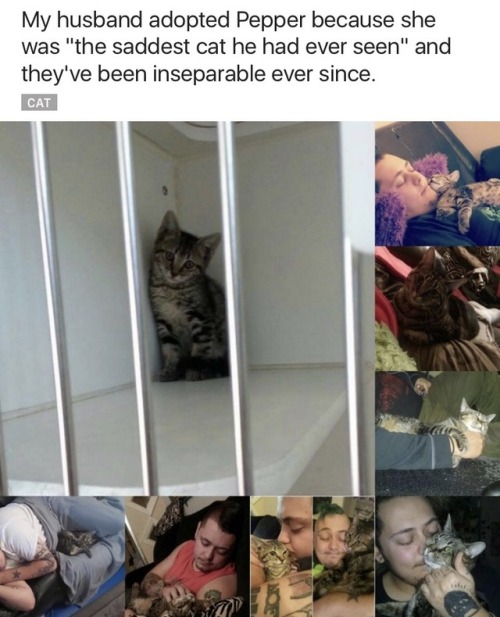






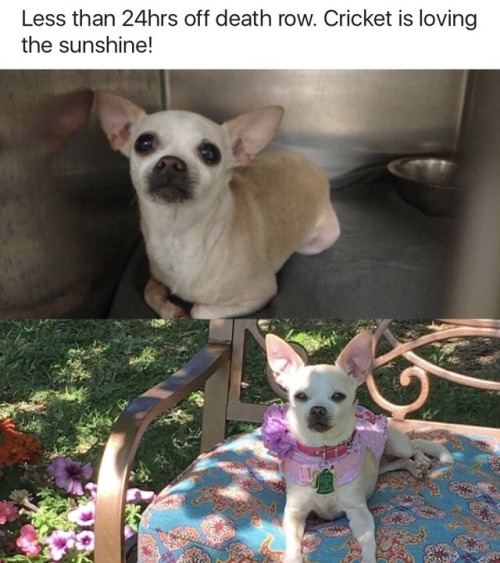

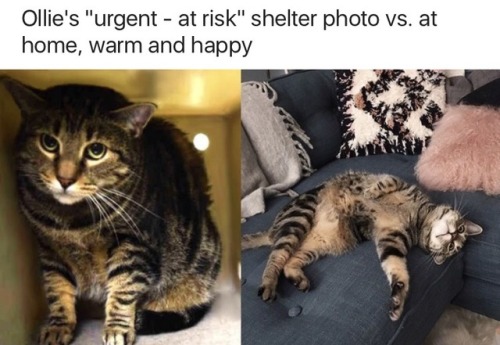
Before vs After Adoption
[source]

Inktober2018 day 17: swollen










My Daughter, The Jock
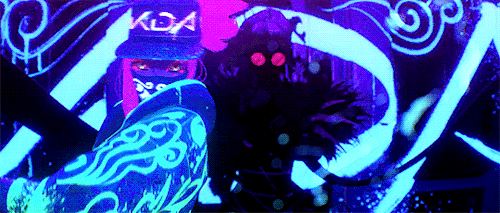
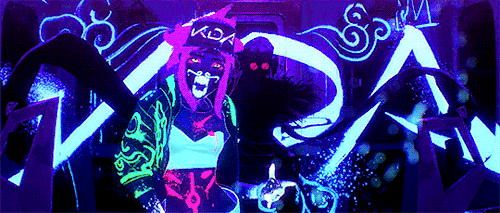
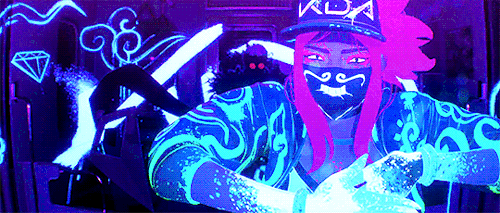
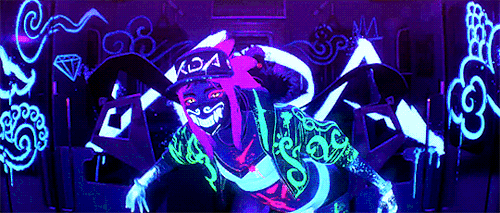
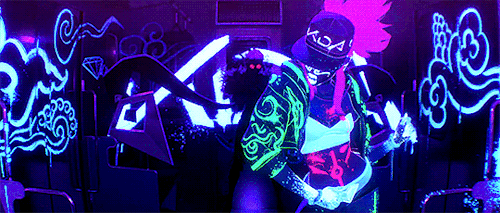

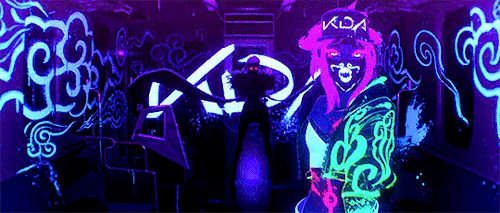
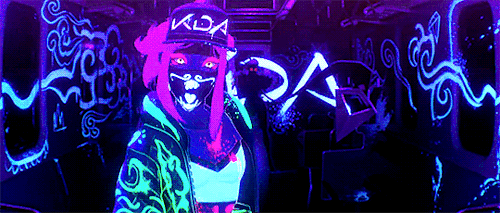
Akali The Queen Of Rap
NOTE: I DID NOT COME UP WITH THIS IDEA, BUT I CANT FIND THE POST OF WHERE I READ IT TO SEE WHO DID. IF IT WAS YOU LET ME KNOW SO I CAN CREDIT!
—
Of course it’s Nate who finds it stashed in a drawer of Rip’s in his old office at the Time Bureau headquarters. It’s a desk that Ava won’t touch, still having unresolved emotions over what she now knows Rip used her and all of her clones before her for. It isn’t surprising that Rip would bring something like it from the future back to the present to stash in that desk long before his death.
Nate is wordless as he hands it to Sara, which should surprise her enough in itself.
“What is it?” Sara asks as she takes the paper. It’s been balled up and smoothed out so many times that Sara is surprised it isn’t ripped.
“It’s a list of,” Nate pauses, “I’m sorry I read it Sara. I didn’t know what it was, but I thought you’d like to see it.”
Sara eyes him skeptically. “They told us Ava was the perfect woman. She was made using a combination of so many women from the past. This is a list of those women,” Nate finishes, eyes downcast.
Sara looks at the paper wondering if she should open it. Wonders what she’ll find. She’s not sure at all what she expects as she opens the paper, but it’s simple. Just a typed list of names with no further information. No title as to what it could be, but Sara knows it’s true. She walks into her room to sit down on her bed as her eyes finally focus on the list. She’s acutely aware of Nate watching her. There are nineteen names, and Sara has no idea what this will bring her when she reads it.
1. Joan of Arc. It doesn’t surprise Sara that the list starts with a woman who lead an army in a revolt. A woman who has been revered for the mystique associated with her martyrdom.
2. Sacajawea - the fearless Lemhi Shoshone woman said to have guided Lewis and Clark with a baby on her back.
3. Marie Curie whose inclusions speaks for itself. The first woman to receive the Nobel Prize for research into radioactivity. The first woman to win the Nobel Prize in two separate categories, physics and chemistry. The reason we have x- ray machines now.
4. Eleanor Roosevelt who worked with the Red Cross, the Women’s Trade Union League, helped form the National Youth Administration, transformed the role of First Lady, and so many more important things. As head of the UN human rights commission she helped to draft the 1948 UN declaration of human rights.
5. Aretha Franklin whose voice and activism shook the world with hits like Respect and A Natural Woman.
6. Sojourner Truth the African-American abolitionist and women’s rights campaigner who changed the course of women’s rights.
7. Indira Gandhi the first female prime minister of India who introduced more left-wing economic policies and sought to promote agricultural productivity. Her end was controversial after declaring a state of emergency, considered authoritarian, and was subsequent assasinated.
8. Princess Diana who showed a natural sympathy for the pool and disenfranchised. Her humanitarian work made her loved by many. The world cried at her early dead.
9. Jane Austen who wrote Pride and Prejudice and Emma and Northanger Abbey. A woman who paved the way for female authors.
10. Susan B. Anthony who fought against slavery, for workers rights, and for women’s rights. She was a crucial voice in the movement to gain women the right to vote.
11. Wangari Maathai the Kenyan-born environmentalist, pro-democracy activist and women’s rights campaigner. Another Nobel Peace Prize winner on the list for her efforts to prevent conflict through protection of scarce resources.
12. Rosa Parks who refused to give up her seat on the bus, leading to the Montgomery Bus Boycotts, and indirectly leading to some of the most significant civil rights legislation changes in history.
13. Billie Holiday who was called the First Lady of the blues and is wildly considered to be the greatest jazz musician of all time. She redefined the jazz era and changed music forever.
14. Anne Frank who still believed that people were good at heart while her family hid from people who only meant them harm and hatred.
15. Billie Jean King who battled for equal pay for women while kicking ass on the tennis court.
16. Oprah Winfrey who was the first woman to own her own talk show and used her voice to make real change.
17. Shirin Ebadi who won a Nobel Peace Prize. She was an Iranian lawyer who fought for human rights and democracy.
18. Malala Yousafzai a Pakistani girl who defied threats of the Taliban to campaign for the right to education. She survived being shot in the head by the Taliban and became a global advocate for women’s rights, especially the right to education.
19. Emily Gonzalez who used horrible situation of a school shooting to bring about change and provide a passionate face against gun violence in America.
Ava’s intensity in her fight for others, the Aretha and Billie records that played often on her record player, her uncontrollable tears when they’d visited the Holocaust Museum all made so much more sense. It’d turned Ava into a fearless warrior, a devoted lover of people; someone who would fight at nothing to change the world and make it better.
“It’s something isn’t it?” Nate says, breaking the silence. “Turn it over.”
Sara does and sees another name she isn’t quite sure how she missed. Her eyes widen as she reads it.
20. Alexandra Danvers
“Alex?” Sara questions, eyes wide.
“I looked into it,” Nate says. “In 2025 Alex uses alien biology, chemistry, and Lena Luther’s nanotechnology to cure everything from cancer to arthritis. She develops a device that decontaminates the water to rid it of trash and pathogens. She develops one injection that cures all contractible disease. By 2035 the only things that kills people are old age, violence, and accidents.”
Sara’s eyes are wide, her heart hammering hard in her chest. Because she still remembers that intensity in Alex’s eyes, her fear, her uncertainty, and her burning desire to save people. Because of course Alex would change the world.
“She also had two biological children that were both hers and her wife’s,” Nate finishes.
Sara smiles even more as her eyes drift down to the engagement ring that’s only been on her finger for a few months. Because of course it’d take that touch of Alex to make someone as intense and wonderful and loving as Ava.
It shouldn’t surprise Sara one bit.
your mental health is a priority your happiness is a priority your self-care is a priority your existence is a priority
-
 lillytalons liked this · 1 week ago
lillytalons liked this · 1 week ago -
 dejaaaavuu liked this · 1 week ago
dejaaaavuu liked this · 1 week ago -
 geeksthetics reblogged this · 1 week ago
geeksthetics reblogged this · 1 week ago -
 heckcareoxytwit liked this · 2 weeks ago
heckcareoxytwit liked this · 2 weeks ago -
 fblckt liked this · 4 weeks ago
fblckt liked this · 4 weeks ago -
 colour-is-its-own-reward reblogged this · 1 month ago
colour-is-its-own-reward reblogged this · 1 month ago -
 justforfollowingpeople liked this · 6 months ago
justforfollowingpeople liked this · 6 months ago -
 kiki-miserychic reblogged this · 6 months ago
kiki-miserychic reblogged this · 6 months ago -
 thelibrarianxhes reblogged this · 7 months ago
thelibrarianxhes reblogged this · 7 months ago -
 graveofcalaxes liked this · 7 months ago
graveofcalaxes liked this · 7 months ago -
 trashpandaanarchy reblogged this · 9 months ago
trashpandaanarchy reblogged this · 9 months ago -
 3fireworks liked this · 9 months ago
3fireworks liked this · 9 months ago -
 blood-sugar-spice-magic reblogged this · 10 months ago
blood-sugar-spice-magic reblogged this · 10 months ago -
 toxiicwcste reblogged this · 11 months ago
toxiicwcste reblogged this · 11 months ago -
 rzc11 reblogged this · 11 months ago
rzc11 reblogged this · 11 months ago -
 rzc11 liked this · 11 months ago
rzc11 liked this · 11 months ago -
 pixxxelhotsauce reblogged this · 11 months ago
pixxxelhotsauce reblogged this · 11 months ago -
 pixelhotsauce liked this · 11 months ago
pixelhotsauce liked this · 11 months ago -
 xxcrelisexx liked this · 11 months ago
xxcrelisexx liked this · 11 months ago -
 heckcareoxytwit reblogged this · 11 months ago
heckcareoxytwit reblogged this · 11 months ago -
 smexylaah liked this · 1 year ago
smexylaah liked this · 1 year ago -
 tehjleck reblogged this · 1 year ago
tehjleck reblogged this · 1 year ago -
 smalltittypunkgf liked this · 1 year ago
smalltittypunkgf liked this · 1 year ago -
 xidipsum-art liked this · 1 year ago
xidipsum-art liked this · 1 year ago -
 jeixart liked this · 1 year ago
jeixart liked this · 1 year ago -
 iftadwascool reblogged this · 1 year ago
iftadwascool reblogged this · 1 year ago -
 neomiel liked this · 1 year ago
neomiel liked this · 1 year ago -
 vanwolffen reblogged this · 1 year ago
vanwolffen reblogged this · 1 year ago -
 vanwolffen liked this · 1 year ago
vanwolffen liked this · 1 year ago -
 hypnoticicedragon reblogged this · 1 year ago
hypnoticicedragon reblogged this · 1 year ago -
 leeveemealone reblogged this · 1 year ago
leeveemealone reblogged this · 1 year ago -
 leeveemealone liked this · 1 year ago
leeveemealone liked this · 1 year ago -
 bbstarrb liked this · 1 year ago
bbstarrb liked this · 1 year ago -
 iamthebatfan89 liked this · 1 year ago
iamthebatfan89 liked this · 1 year ago -
 gunhistory87 reblogged this · 1 year ago
gunhistory87 reblogged this · 1 year ago -
 funky-insanitear liked this · 1 year ago
funky-insanitear liked this · 1 year ago -
 crixpycromch liked this · 1 year ago
crixpycromch liked this · 1 year ago -
 plaidinsanity liked this · 1 year ago
plaidinsanity liked this · 1 year ago -
 norageonlypancakes reblogged this · 1 year ago
norageonlypancakes reblogged this · 1 year ago -
 graduallywatermellon reblogged this · 1 year ago
graduallywatermellon reblogged this · 1 year ago -
 doctorslippery reblogged this · 1 year ago
doctorslippery reblogged this · 1 year ago -
 dewo-art liked this · 1 year ago
dewo-art liked this · 1 year ago -
 largecupo-coffee liked this · 1 year ago
largecupo-coffee liked this · 1 year ago
